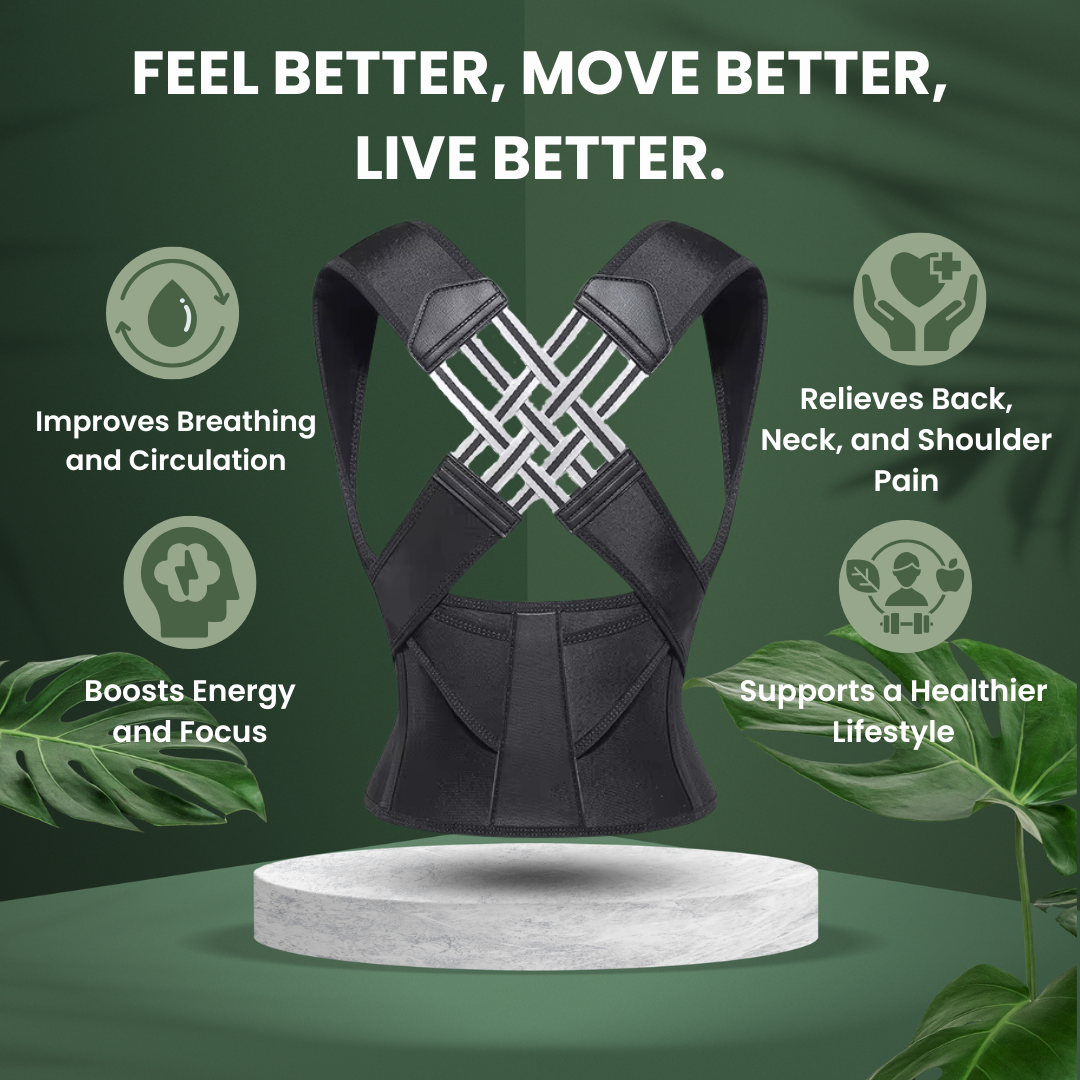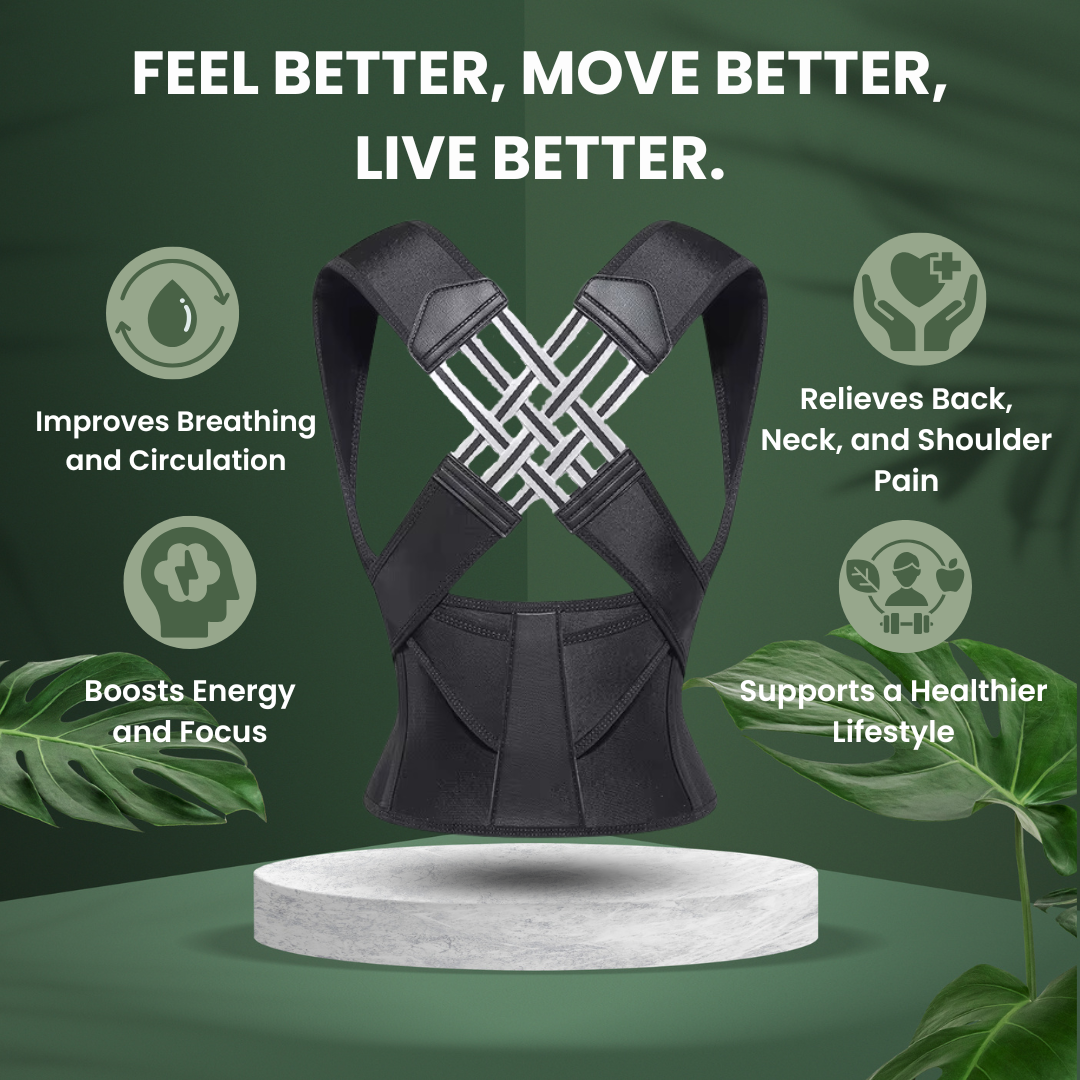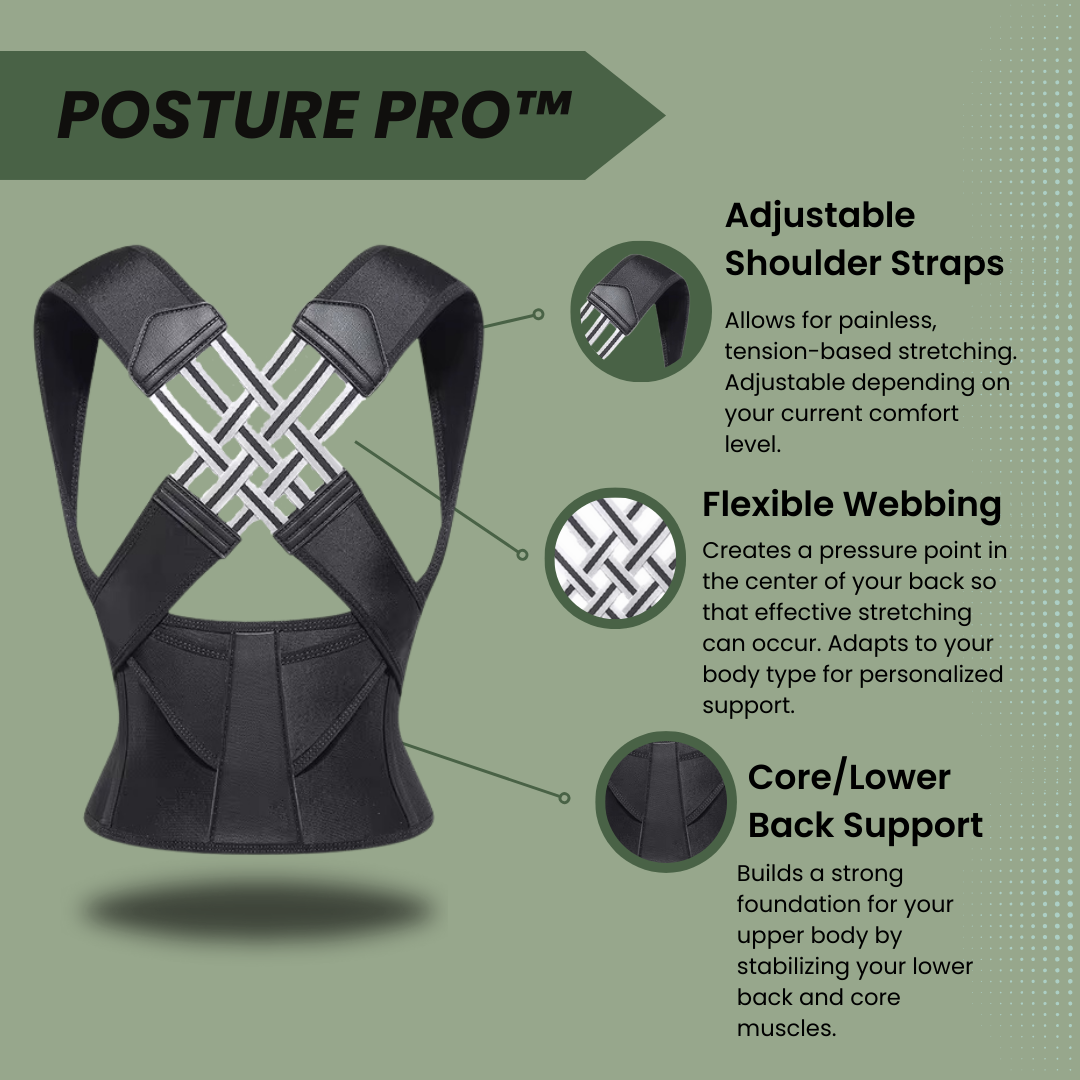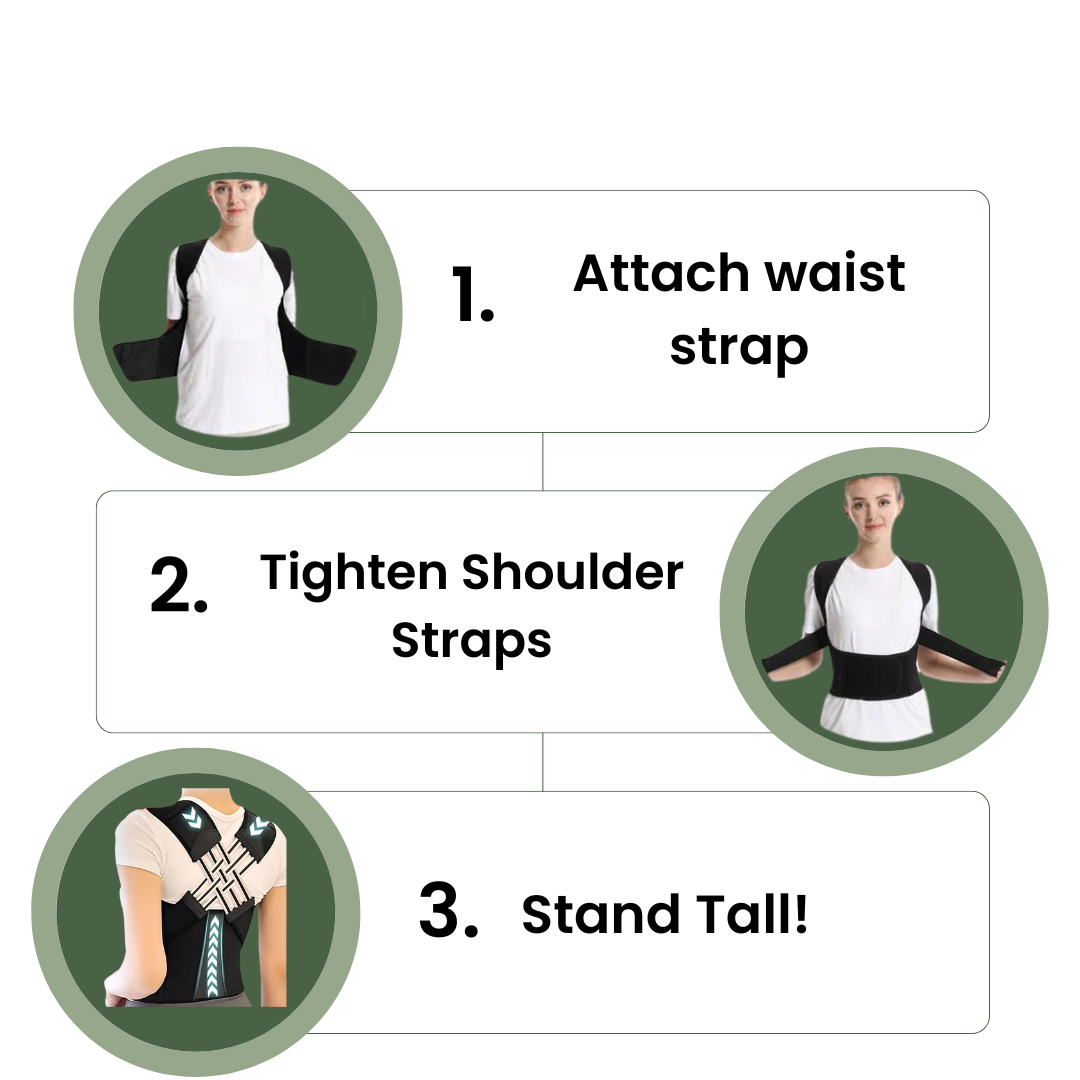Many people struggle to touch their toes. Muscle elasticity is key to this ability. This article explores the science behind stretching and flexibility. Get ready to learn how to stretch right.
Key Takeaways
- Stretching improves the range of motion in joints, reduces injury risk, and enhances performance by making muscles more elastic and flexible.
- Types of stretching like static, dynamic, and PNF each serve unique roles in promoting flexibility and preparing the body for physical activities.
- The physiology behind stretching involves muscle fiber actions including elongation and contraction which are crucial for increasing joint mobility and reducing tension.
- Regular stretching routines before and after workouts prime muscles for exercise, aid in recovery, enhance everyday flexibility, and support overall health.
- Understanding how muscles respond to stretching helps individuals tailor their fitness routines for optimal results in flexibility and decreases the likelihood of injuries.
Benefits of Stretching and Flexibility
Stretching and flexibility bring many advantages to your body. You can enjoy better movement, lower the chances of injuries, and experience improved performance by practicing these skills regularly.
Improved range of motion
Stretching significantly improves the range of motion in joints. Flexible muscles allow for smoother, easier movements. Muscle elasticity and length are crucial to this process. Research shows that stretching enhances flexibility and increases joint mobility.
Keeping muscles flexible promotes strength and health. This is vital for maintaining joint range of motion.
Regular stretching can lead to physiological adaptations within the body. For optimal results, engage in heavy stretching three or four days a week. Stretching exercises also help reduce muscle tension, making movement more comfortable overall.
Flexibility training is vital for anyone looking to improve their performance.
Reduced risk of injury
Stretching reduces the risk of injury by keeping muscles flexible, strong, and healthy. Healthy muscles maintain joint range of motion. A proper stretching routine can improve flexibility and increase the range of motion in joints.
Stretching before exercise helps prepare your body for activity, making injuries less likely during workouts. Post-workout stretching also plays a critical role in maintaining muscle relaxation and reducing muscle tension.
Research shows that individuals who stretch regularly see significant benefits from flexibility training. Stretching at least three or four days a week promotes better muscle elasticity and length.
This approach enhances not just performance but also lowers the chance of strains and sprains during physical activities. Understanding the physiology of stretching gives you valuable insights into creating an effective flexibility training routine that prioritizes safety.
Enhanced performance
Stretching plays a crucial role in enhancing performance during physical activities. Improved flexibility allows muscles to move more freely, which can lead to greater strength and efficiency.
Research shows that stretching increases the range of motion in joints, helping athletes execute movements better. This increased mobility directly impacts overall performance levels.
Furthermore, stretching reduces muscle tension. Relaxed muscles work more effectively, resulting in improved coordination and speed. Regular stretching promotes muscle elasticity and tone, essential components for any athlete's training routine.
Embracing different techniques like static and dynamic stretching helps individuals achieve their best athletic potential while minimizing the risk of injury.
Stress reduction
Stretching helps reduce stress and promotes relaxation. Muscle flexibility plays a key role in this process. Tight muscles often contribute to stress and discomfort. By stretching, you encourage blood flow to the muscles, which can ease muscle tension.
Increased range of motion also allows for better body movement during daily activities.
The benefits of flexibility extend beyond physical comfort. Stretching keeps muscles flexible, strong, and healthy. These factors help maintain joint range of motion and minimize passive stiffness.
Regular stretching enhances overall well-being by calming both the mind and body. Engaging in flexibility exercises can lead to improved mood and reduced anxiety levels over time.
Types of Stretching

Stretching can take many forms, each offering unique benefits for your body. Static stretching holds a position to lengthen muscles effectively. Dynamic stretching uses movement to prepare muscles for action.
Proprioceptive Neuromuscular Facilitation (PNF) combines stretching and contracting to improve flexibility significantly. Each type serves a different purpose in enhancing your overall fitness journey.
Curious about how these techniques impact your routine?
Static stretching
Static stretching involves holding a muscle in a lengthened position for a period of time. This method helps improve flexibility and increase the range of motion of joints. Muscle elasticity plays a crucial role in how flexible individuals can become.
Research shows that static stretches can effectively reduce muscle tension after workouts.
Individuals should target different muscles during their routine to gain full benefits. Static stretching keeps muscles flexible, strong, and healthy. Consistent practice helps maintain joint flexibility and reduces the risk of injury.
To maximize results, stretch three or four days each week with various exercises tailored to your body’s needs.
Dynamic stretching
Dynamic stretching involves moving parts of your body through a full range of motion. This type of stretching helps improve flexibility and increases the range of motion in joints.
It prepares muscles for physical activity by activating them, which boosts performance. Research shows that dynamic stretches can enhance muscle elasticity and length.
Incorporating dynamic stretching into your routine can reduce muscle tension before exercise. Athletes often use this technique to warm up effectively. Dynamic movements, such as leg swings or arm circles, are great for preparing the body for action.
This approach allows individuals to stretch while being active, setting a strong foundation for better performance during workouts and sports activities.
Proprioceptive Neuromuscular Facilitation (PNF)
Proprioceptive Neuromuscular Facilitation (PNF) is a popular stretching technique. This method combines passive stretching and isometric contractions. It helps improve muscle elasticity and length.
Research shows that using PNF can significantly increase flexibility, enhancing range of motion in joints.
During PNF, a partner or therapist assists with the stretch. They apply pressure while you contract the muscle for a few seconds. After this contraction, you relax and allow them to deepen the stretch.
Stretching with PNF can lead to reduced muscle tension and improved performance in physical activities. Understanding these techniques allows individuals to make informed decisions about their flexibility training routine.
The Physiology of Stretching
Muscles consist of fibers that can lengthen and contract. Stretching influences these fibers, improving flexibility and muscle tone.
Muscle anatomy
Muscle fibers consist of different components that contribute to their function. The sarcomere serves as the basic unit of contraction in each muscle fiber. This structure plays a crucial role in the stretching and lengthening processes.
Muscle elasticity and length significantly impact an individual's flexibility. Flexibility training relies on understanding how muscle anatomy works.
Stretching involves elongating muscles to improve range of motion. Proper knowledge of muscle tone helps individuals optimize their stretching techniques. Research shows that effective training increases joint mobility while reducing tension in muscles.
By grasping these physiological concepts, one can enhance flexibility and athletic performance through dedicated stretching routines.
Muscle contraction
Muscle contraction occurs when the sarcomeres, the basic units of muscle fibers, shorten. This process generates force and allows movement. When your muscles contract, they pull on bones to create motion.
Stretching plays a crucial role in this process by keeping muscles flexible and strong. Enhanced flexibility results from effective stretching routines that improve muscle lengthening.
Research shows that proper stretching can increase the range of motion for joints. It also reduces muscle tension and prepares muscles for action. Understanding how muscles contract helps in creating effective training programs for improved performance.
Regularly incorporating various types of stretching into your routine will benefit overall flexibility and support optimal muscle function.
Stretch reflex
The stretch reflex is a vital part of how our muscles respond to stretching. This reflex acts as a protective mechanism that prevents injuries by automatically contracting the muscle when it stretches too far.
Understanding the stretch reflex helps in recognizing how effective stretching benefits your flexibility and performance. Research shows that higher levels of muscle elasticity and length improve an individual's ability to perform various activities safely.
When you stretch, signals travel through your nervous system to initiate this reflex, protecting your muscles from damage. Stretching can enhance range of motion in joints while helping maintain overall muscle health.
Including stretching exercises three or four days a week increases flexibility significantly, allowing you to enjoy better movement and reduced tension throughout the body.
When to Stretch for Best Results
Stretching before a workout prepares your muscles for action. Stretching after exercise helps improve recovery and flexibility.
Pre-workout stretching
Pre-workout stretching plays a crucial role in preparing the body for exercise. It improves flexibility and increases the range of motion of joints. Research shows that stretching helps to reduce muscle tension as well.
This practice keeps muscles flexible, strong, and healthy, making it essential for maintaining joint function.
Incorporating light static or dynamic stretches before your workout can enhance performance. Engaging in this routine three to four days a week leads to better overall flexibility.
Stretching also prevents injury by warming up the muscles and increasing blood flow. This simple yet effective method ensures your body is ready for action and minimizes potential risks during physical activity.
Understanding the science behind stretching and flexibility helps individuals make informed choices about their exercises.
Post-workout stretching
Post-workout stretching plays a crucial role in maintaining flexibility. This practice keeps muscles flexible, strong, and healthy. After exercise, muscles contract and shorten. Stretching helps lengthen them again.
It also aids in reducing muscle tension.
Research shows that stretching after workouts can improve flexibility and increase joint range of motion. Engaging in this routine lowers the risk of injury too. Many experts recommend doing heavy stretching three or four days a week for optimal results.
Understanding the science behind stretching helps individuals create effective post-workout routines to enhance performance.
Everyday flexibility
Everyday flexibility plays a crucial role in maintaining overall health. Stretching helps keep muscles flexible, strong, and healthy. This approach is vital for maintaining joint range of motion.
Research shows that stretching increases the range of motion of joints. People benefit from stretching regularly to improve flexibility and reduce muscle tension.
Incorporating light stretching into daily routines can enhance performance in various activities. Heavy stretching three or four days a week significantly boosts flexibility as well.
Understanding the basics of stretching physiology aids individuals in their training routines for better results. The body adapts differently to various forms of stretch, making it essential to find the right balance between effort and relaxation in everyday movements.
Conclusion
Stretching and flexibility play crucial roles in maintaining a healthy body. They improve muscle elasticity and enhance overall performance. By understanding the science behind stretching, you can optimize your routine for better results.
Regular stretching helps keep muscles strong, flexible, and injury-free. Prioritizing this practice benefits both athletes and everyday individuals alike.
FAQs
1. What is the science behind stretching and flexibility?
The science behind stretching and flexibility involves understanding the body's physiology, including how muscles and tendons respond to different types of stretches.
2. How does ballistic stretching affect our bodies?
Ballistic stretching uses bouncing movements to push your body beyond its normal range of motion, helping increase muscle power but it needs careful execution as it could lead to injuries.
3. Can regular stretching improve my performance in sports or exercise?
Yes, research shows that consistent stretching can enhance your performance by increasing flexibility and reducing muscle stiffness which allows for better movement efficiency.
4. What role does understanding the body's physiology play in improving flexibility?
Understanding the body's physiology helps you know how far you can safely stretch a muscle without causing injury, thus aiding in improving overall flexibility effectively.



















